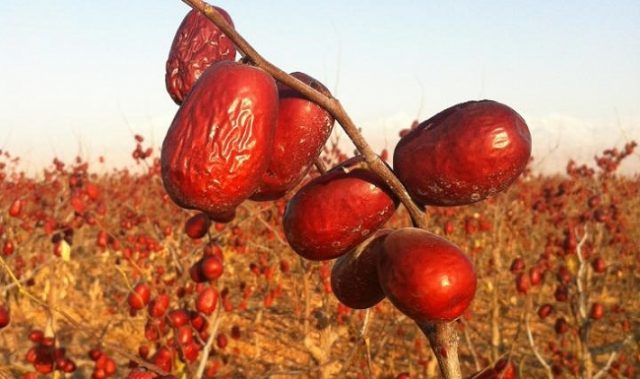
AsianScientist (Apr. 25, 2018) – Researchers in China have genetically engineered the sweet wormwood plant (Artemisia annua) to produce high levels of the anti-malarial compound artemisinin. Their results have been published in Molecular Plant.
“Nearly half of the world’s population is at risk of malaria,” said senior study author Professor Tang Kexuan of Shanghai Jiao Tong University. “Our strategy for the large-scale production of artemisinin will meet the increasing demand for this medicinal compound and help address this global health problem.”
According to the World Health Organization, malaria affected approximately 216 million people in 91 countries in 2016 and caused an estimated 445,000 deaths worldwide that year alone. Plasmodium falciparum is the most prevalent malaria parasite on the African continent, and it is responsible for most malaria-related deaths globally.
The best available treatment for malaria, particularly for cases caused by P. falciparum, is artemisinin-based combination therapy. In addition to its antimalarial activity, therapeutic effects of artemisinin have been reported for cancer, tuberculosis, and diabetes. However, the supply of artemisinin is limited because this medicinal compound typically makes up only 0.1-1.0 percent of the dry weight of A. annua leaves.
To address this problem, Tang and his collaborators generated a high-quality draft assembly of the 1.74 gigabase A. annua genome, which contains 63,226 protein-coding genes, one of the largest numbers among sequenced plant species. It took several years to complete the genome sequence due to its large size and high complexity.
The A. annua genome sequence provided new insights into the entire metabolic pathway involved in artemisinin biosynthesis. Based on the genomic and transcriptomic data, the researchers identified novel genes involved in regulating artemisinin biosynthesis. By simultaneously increasing the activity of three genes—HMGR, FPS and DBR2—spanning the entire artemisinin biosynthetic pathway, the researchers generated A. annua lines that produced high artemisinin levels, 3.2 percent of the dry weight of the leaves.
“We hope our research can enhance the global supply of artemisinin and lower the price from the plant source,” Tang said. “We have propagated hundreds of high artemisinin producer lines via cutting and selection, and scaled up the production of these plants. Hopefully our high artemisinin transgenic lines will be grown at a massive scale next year.”
The article can be found at: Shen et al. (2018) The Genome of Artemisia annua Provides in 1 Sight into the Evolution of Asteraceae Family and Artemisinin Biosynthesis.
———
Source: Cell Press; Photo: Kerstin/Flickr/CC.
Disclaimer: This article does not necessarily reflect the views of AsianScientist or its staff.












